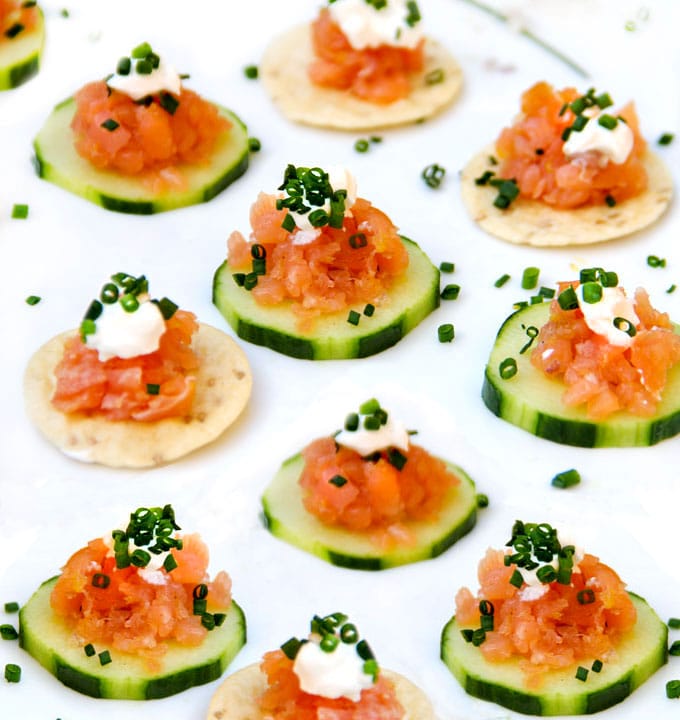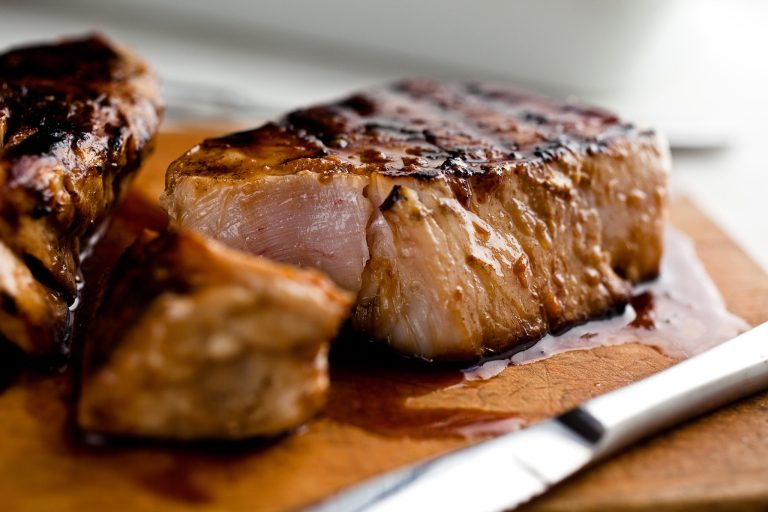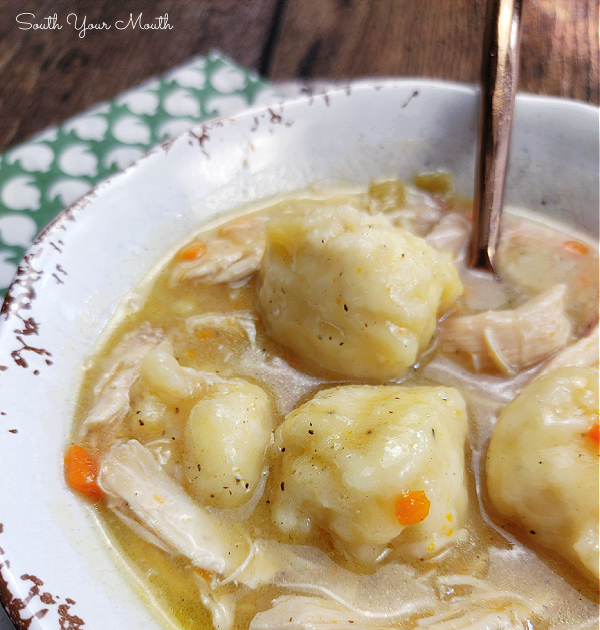Salmon Tartare: A Delicious, Healthy, and Elegant Appetizer
The Origins of Salmon Tartare
Historical Background
Salmon tartare has roots extending to ancient culinary traditions. The concept of consuming raw fish originates from various cultures around the globe. Notably, it draws inspiration from Japanese sashimi, which dates back centuries and exemplifies the art of serving fresh, uncooked fish. Another key influence is steak tartare, a French dish that gained popularity in the early 20th century. Both these culinary practices set the stage for the emergence of salmon tartare as a distinct and sophisticated dish.
Popularity Across Cultures
Salmon tartare has achieved widespread popularity across multiple cultures due to its versatility and fresh flavor profile. In Japan, it’s often included in contemporary fusion cuisine, bridging traditional Japanese techniques with Western influences. In Europe, particularly in France and Scandinavia, salmon has long been revered for its quality and is commonly used in various raw preparations, including tartare. In North America, modern dining trends often highlight raw salmon dishes in upscale restaurants, reflecting a growing appreciation for fresh and healthy ingredients. This cultural amalgamation has cemented salmon tartare as a beloved and internationally recognized appetizer.
Key Ingredients in Salmon Tartare
Types of Salmon Used
Fresh salmon is crucial for salmon tartare. Opt for high-quality, sushi-grade salmon to ensure safety and the best flavor. Sockeye salmon, known for its bright color and robust taste, is a popular choice. Atlantic salmon provides a milder flavor and smoother texture. King salmon offers a rich, buttery profile, making it ideal for a luxurious tartare. When sourcing salmon, always check for freshness indicators like a firm texture and a fresh sea smell. Using frozen salmon may introduce wateriness, impacting the final dish’s texture.
Essential Additions and Variations
Several ingredients elevate salmon tartare. Shallots add mild, onion-like sharpness, while chives lend a subtle, garlicky hint. Capers provide a tangy, briny pop, balancing the richness of the salmon. Use fresh lemon juice to brighten the flavors and add acidity. Dill enriches the herbaceous notes, complementing the salmon.
Variations enhance the dish’s versatility. Avocado offers creaminess and a buttery texture, pairing well with the fish. Cucumber introduces crunch and freshness. Soy sauce or ponzu infuses umami, creating a Japanese-inspired twist. For a spicy kick, add finely diced jalapeño or a dab of sriracha. Different oils such as sesame or olive can diversify the flavor profile, making each preparation unique.
Presentation and Garnishing Options
Visually appealing presentation improves the dining experience. Use a ring mold to shape the tartare into neat rounds. Microgreens add color and freshness. Edible flowers give an elegant touch, perfect for special occasions. Serve with toast points, crackers, or lavash for textural contrast. Slicing radish thinly offers a crisp, peppery garnish. Flavored oils such as truffle or chili can be drizzled over to elevate the flavors further.
Preparing Salmon Tartare Safely
Importance of Freshness
Using fresh salmon is crucial for ensuring a safe and delicious tartare. Freshness impacts both flavor and safety. When choosing salmon, look for firm, moist flesh with a mild scent. Avoid fillets with dull coloration or a strong odor. Ideally, opt for sushi-grade salmon, as it’s handled and processed to reduce the risk of parasites.
Tips for Safe Handling and Preparation
Handling and preparing salmon tartare safely requires meticulousness. Start by keeping the salmon refrigerated at all times. Use a clean, sharp knife for cutting to prevent tearing the flesh and contamination. Sanitize all work surfaces, chopping boards, and utensils before and after use.
Store salmon separately from other ingredients to avoid cross-contamination. If possible, freeze the salmon for 15 hours at -4°F (-20°C) to kill any potential parasites. After thawing, cut the salmon into fine, uniform pieces for consistent texture and flavor. Serve the tartare immediately or keep it chilled until ready to serve.
Serving Suggestions for Salmon Tartare
Appetizer Presentations
Salmon tartare shines as an appetizer. Serve it in small bowls with garnishes like microgreens and lemon zest. Place tartare atop cucumber slices for added texture and freshness. Use ring molds to create neat, visually appealing portions. Top with crème fraîche or a dollop of wasabi mayo to enhance flavors.
Creative Serving Ideas
Present salmon tartare on crispy wonton chips or toasted baguette slices for a satisfying crunch. Create tartare tacos using small soft tortillas, adding avocado and pickled red onions. Serve in martini glasses for an elegant touch, garnishing with edible flowers or caviar. Pair with chilled white wine or sake for a complete dining experience.
Health Benefits of Salmon Tartare
Nutritional Components
Salmon tartare offers rich nutritional benefits. It contains high levels of omega-3 fatty acids, which support heart health and reduce inflammation. A 100-gram serving of raw salmon provides approximately 2.5 grams of omega-3s. Salmon also supplies high-quality protein, essential for muscle growth and repair. Each 100-gram portion delivers about 20 grams of protein. Additionally, salmon is a great source of vitamins B12 and D, contributing to energy production and bone health. The antioxidants found in added ingredients like chives and shallots further boost its nutritional profile.
Diet-Friendly Qualities
Salmon tartare suits many dietary preferences. It’s naturally low in carbohydrates, making it a good option for ketogenic and low-carb diets. A typical serving contains under 5 grams of carbs, depending on additional ingredients. Its high protein content helps you feel full longer, supporting weight management efforts. Salmon tartare is also gluten-free when prepared without gluten-containing sauces or garnishments, catering to those with gluten sensitivities or celiac disease. Versatile preparation allows customization to fit specific dietary needs, including dairy-free, paleo, and whole30 diets.
Conclusion
Salmon tartare offers a delightful blend of fresh flavors and sophisticated presentation, making it a standout appetizer for any occasion. By using high-quality, sushi-grade salmon and incorporating a variety of ingredients, you can create a dish that’s both delicious and visually appealing. Its health benefits and adaptability to numerous diets further enhance its appeal. Whether you’re hosting a dinner party or simply treating yourself, salmon tartare is a versatile and elegant choice that never fails to impress.






